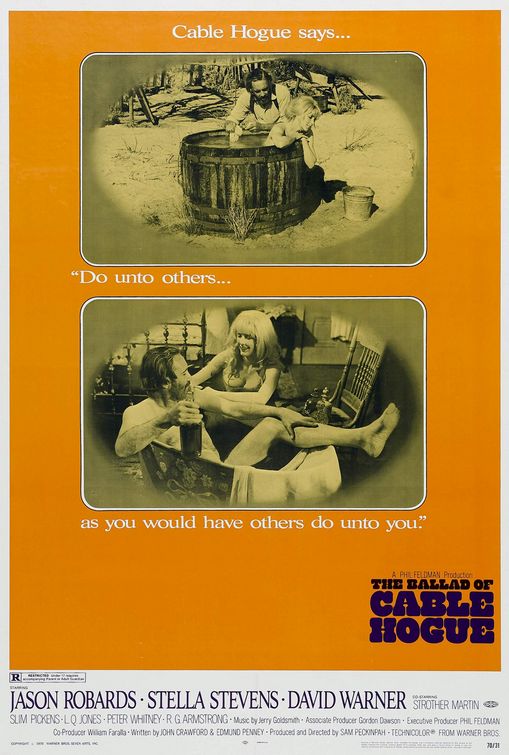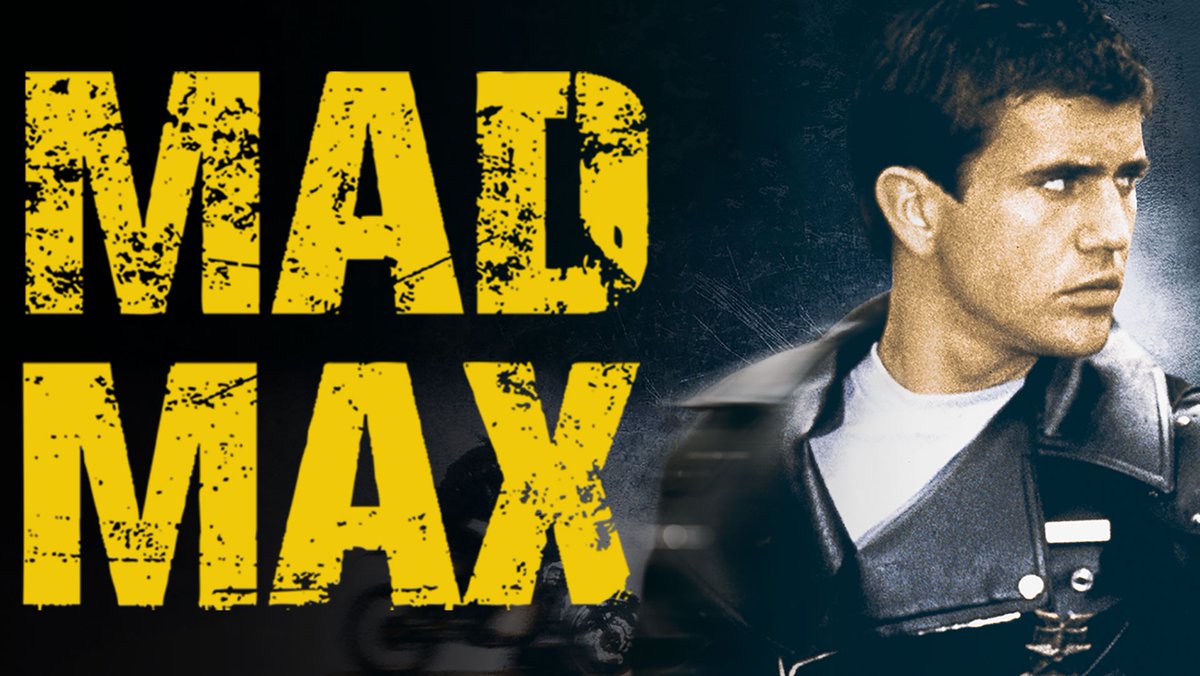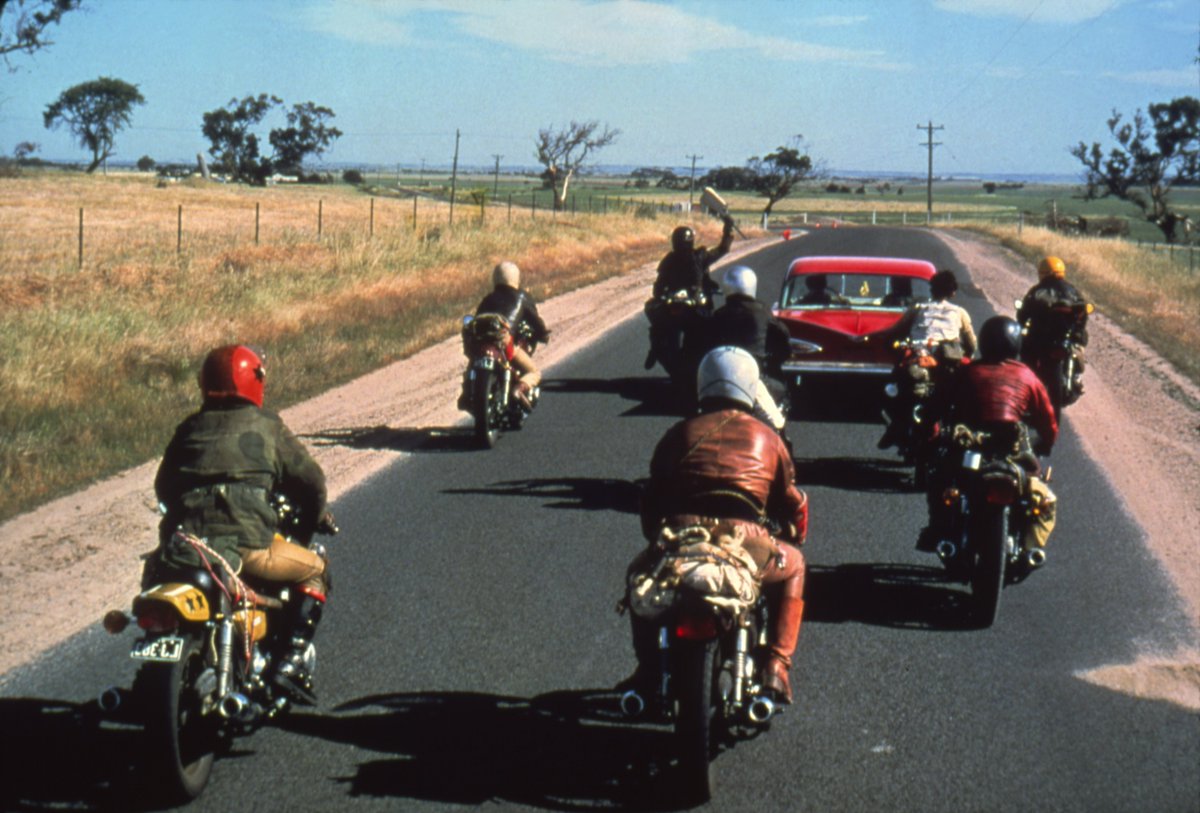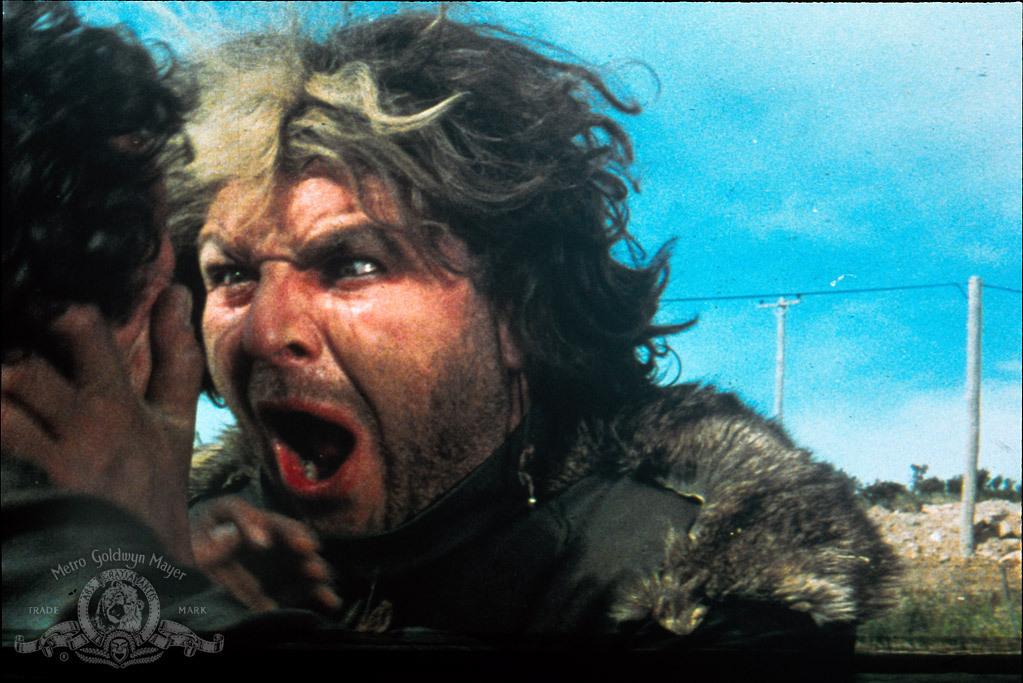DELIVERANCE was released 52 years ago today. John Boorman’s brutal tale of naïve city boys in an unfamiliar environment continues to cause controversy to this day. The behind-the-scenes story was as dangerous as its subject matter…
1/31




1/31




Deliverance was based on James Dickey’s debut novel of the same name from 1970. Dickey was a poet, an ex-lawyer, teacher, ad-man and WWII veteran. Dickey claimed that a lot of what happens in the novel were based on real events.
2/31


2/31


At first, Dickey was hell bent on Sam Peckinpah directing his script, he thought the material was perfect for him. But Peckinpah’s previous picture, The Ballad Of Cable Hogue went $3 million over budget, and Warners had lost confidence in him.
3/31


3/31


Attention shifted over to British director John Boorman. He came with a big pedigree having directed Point Blank (1967), Hell In The Pacific (1968) and Leo The Last (1970). The latter was a commercial failure, but Boorman did win the Best Director statue at Cannes.
4/31




4/31




Boorman brought in Vilmos Zsigmond as director of photography because he'd filmed the 1956 Soviet invasion of Hungary. Boorman thought that anyone who had filmed in that kind of environment would be perfect to shoot in the Atlanta wilderness.
5/31




5/31




During pre-production, Warners started to get cold feet about the material and tried to can the film by driving the budget down to a very modest $2 million.
6/31


6/31


Jack Nicholson originally agreed to play the role of Ed, but the budget cuts forced Boorman to look elsewhere. Other names in the frame for the cast were Lee Marvin, Donald Sutherland and Marlon Brando.
7/31




7/31




Brando suggested using younger actors because of the physicality of the roles. Boorman ended up casting Jon Voight as Ed, Burt Reynolds as Lewis, Ned Beatty as Bobby and Ronny Cox as Drew. Aside from Voight, all were relative unknowns at the time.
8/31




8/31




Cuts were also made to the music budget, so Boorman drafted in Eric Weissberg (banjo) and Steve Mandell (guitar) for the score which was recorded in two hours. A year after the film’s release, Duelling Banjos became an international hit single.
9/31


9/31


The original composer, Arthur ‘Guitar Boogie’ Smith, was not credited for his efforts and later sued. He was awarded a share of the profits but didn’t want to be credited in the film because he disagreed with the violence.
10/31


10/31


Boorman was given a gold disc for the success of Duelling Banjos, which was stolen from his home in 1981 by famed Irish criminal Martin Cahill. Boorman would later make a film about Cahill’s life, The General, and included a scene about him stealing a gold disc.
11/31


11/31


For the Duelling Banjos scene Billy Redden played the banjo player. He was a local from the area who couldn’t actually play the banjo. A banjo player sat hidden behind him with his arm through Redden’s sleeve.
12/31


12/31


Redden loved Ronny Cox but really disliked Ned Beatty. When it came for the character to snub Cox’s handshake, he couldn’t do it. That’s why Beatty was brought into shot, as soon as he showed his face, Redden looked away in disdain.
13/31
13/31
Another way of saving money was to have the actors do their own stunts (aside from a couple of shots). There was no insurance for the actors either, and locals were hired to fill out the cast.
14/31
14/31
Most of the film was shot along the Chattooga River, on the border of Georgia and South Carolina. Boorman chose it because he wanted the harshest river possible. He even desaturated the film negative and muted the greens in post-production to make it look less inviting.
15/31



15/31



James Dickey was a disruptive presence on set. Burt Reynold said he was "a guy who when he's had a couple of martinis you want to drop a grenade down his throat."
16/31


16/31


Dickey got very upset when Boorman cut the first 19 pages from his script. Things bubbled up and he eventually confronted Boorman on set. A fist fight ensued, and Boorman wound up with a broken nose and four shattered teeth.
17/31


17/31


Dickey was ejected from set but later resolved his differences with Boorman, and even played the Sheriff at the end of the film.
18/31


18/31


The deer in the scene where Ed can’t bring himself to fire the arrow was given sedatives to keep it under control, but they gave it too much and it died soon after the scene. Boorman was devasted by that.
19/31
19/31
The scene where Lewis goes over the waterfall was originally shot with a dummy. Reynolds insisted on doing it himself because he said it looked like a dummy going over a waterfall.
20/31


20/31


He did it, and wound up breaking his coccyx when he landed on some rocks. When he asked Boorman how it looked, he said “it looked like a dummy going over a waterfall.”
21/31
21/31
Reynolds was taught that if he got caught in a hydro-flow, to swim to the bottom and it would shoot him out. So he did that and, according to him, he was found some time later, down river, and fully nude because the force of the water ripped his clothes off.
22/31


22/31


Ned Beatty also became victim to the poor working conditions. While in the canoe, he fell out and got sucked into a whirlpool. He was underwater for 30 seconds before being rescued.
23/31


23/31


Beatty said “I thought I was going to drown, and the first thought was, how will John finish the film without me? And my second thought was, I bet the b*****d will find a way!”
24/31


24/31


Here’s a passage from a letter that James Dickey sent to the editor of his Deliverance novel in June 1971: “I am deathly afraid that somebody will get hurt on this film, because there is no doubt that it is the most dangerous one ever made.”
25/31


25/31


Ned Beatty claims that it was he who came up with the ‘squeal like a pig’ line while improvising with the other actor in the scene, Bill McKinney. There are other claims that a crew member came up with the infamous line.
26/31



26/31



Bill McKinney kept his distance from Beatty on set, and constantly starred at him to intimidate him between takes. When playing dead, McKinney didn’t breathe or blink for two minutes while he’s in shot.
27/31



27/31



Another way of cutting costs was to have Voight scale the cliff face himself. Dickey said “if there was ever a harrowing piece of film-making, this was it.” It was shot during the day & a blue tint was added in post-production to make it look like it was getting darker.
28/31
28/31
Herbert Coward played the Toothless Man. He arrived drunk on set for the scene below. The crew lowered a dummy down the cliff on a rope first to assess the path. Boorman said to him, “you see what you have to do. You can’t move.” He replied, “well if he can do it, I can.”
29/31




29/31




Deliverance was nominated for Best Film and Best Director at the Oscars but didn’t win, and Burt Reynolds blamed himself for that. He did a nude photoshoot for Cosmopolitan magazine and claims that the Academy didn’t take too kindly to it.
30/31


30/31


To finish on Deliverance, here’s the chilling final image from film.
31/31
31/31
If you liked our making of story of DELIVERANCE, please share the opening post...
https://x.com/ATRightMovies/status/1818265392369791032
Our latest podcast is on THE WRESTLER. It's full of big laughs and opinions so please give it a listen.
alltherightmovies.com/podcast/the-wr…
alltherightmovies.com/podcast/the-wr…
• • •
Missing some Tweet in this thread? You can try to
force a refresh






















































